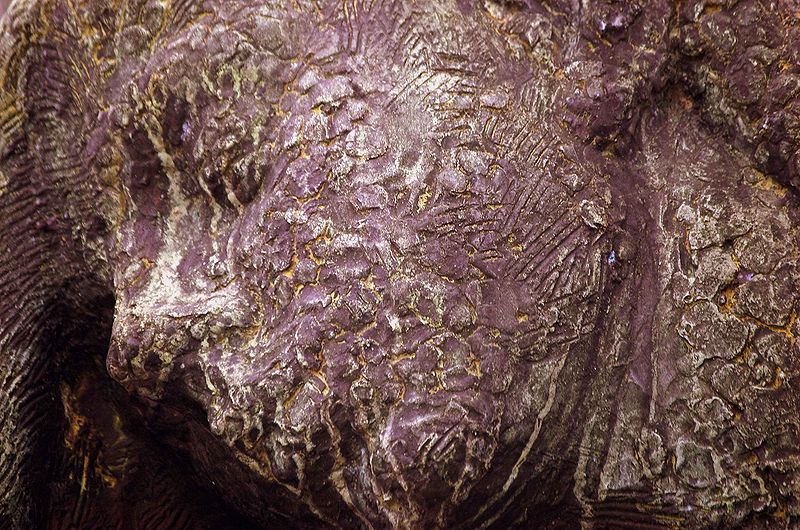 As a journalist, I live in constant terror of making mistakes. This anxiety typically simmers just below the surface of my consciousness, occasionally bubbling up to grab me in a full choke hold. But errors are more or less inevitable in this business. And last week, I made one.
As a journalist, I live in constant terror of making mistakes. This anxiety typically simmers just below the surface of my consciousness, occasionally bubbling up to grab me in a full choke hold. But errors are more or less inevitable in this business. And last week, I made one.
A new Nature study showed that the metal bands scientists put on penguins’ flippers to track them are bad for the birds. The authors reported that banded birds had 39% fewer chicks and a 16% lower survival rate than unbanded birds over ten years. (Why would this be? The bands seem to create drag when the penguins swim, which means they must work harder to go the same distance as their unbanded counterparts.)
When I covered the research for ScienceNOW, I used those figures. Here’s the problem: If you glance at the table where the study’s authors report overall survival, you’ll find that the survival for unbanded penguins was 0.36 and survival for banded penguins was 0.20 (that is, the number of birds present at the end of the study divided by the number of birds present at the beginning). That’s actually a drop of 44 percent, or 16 percentage points. (Don’t understand the difference? Join the club. There’s a nice explanation here and here.) Continue reading






